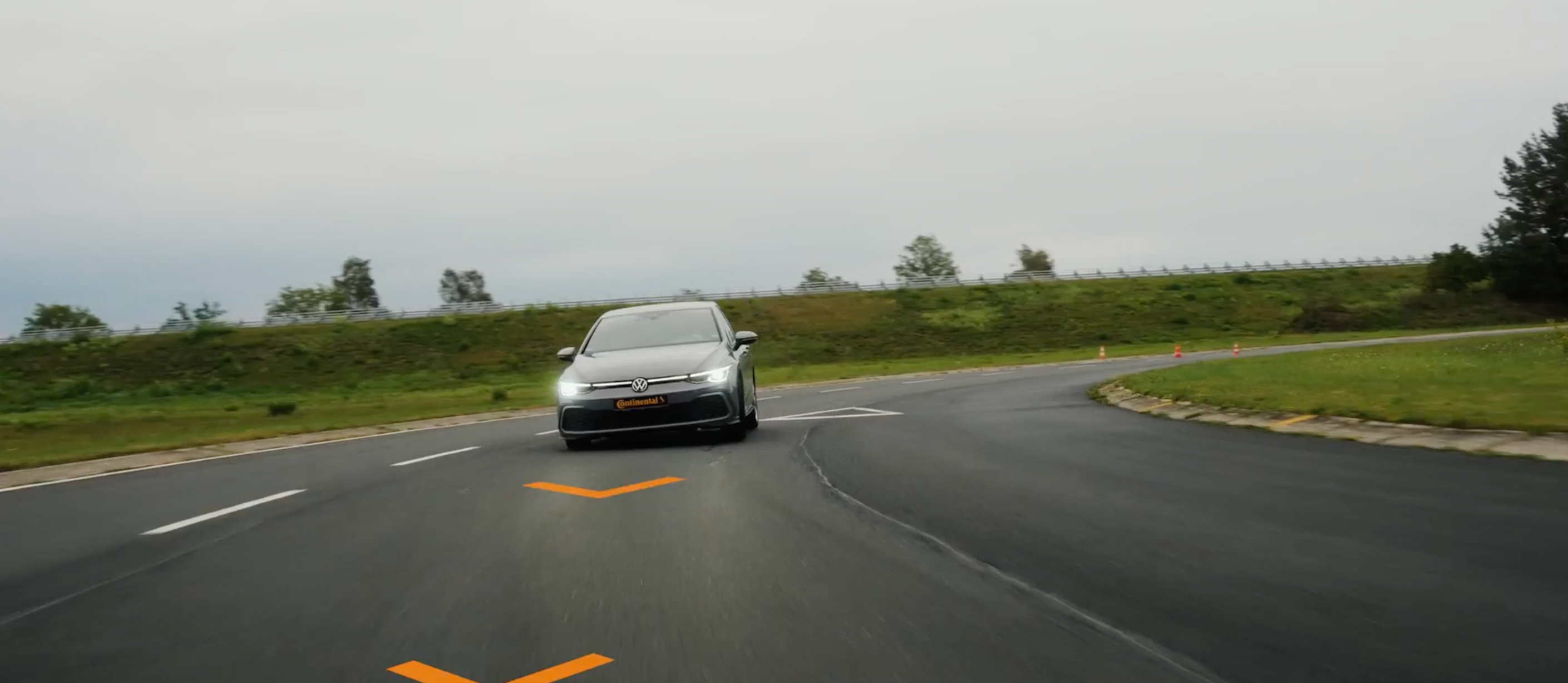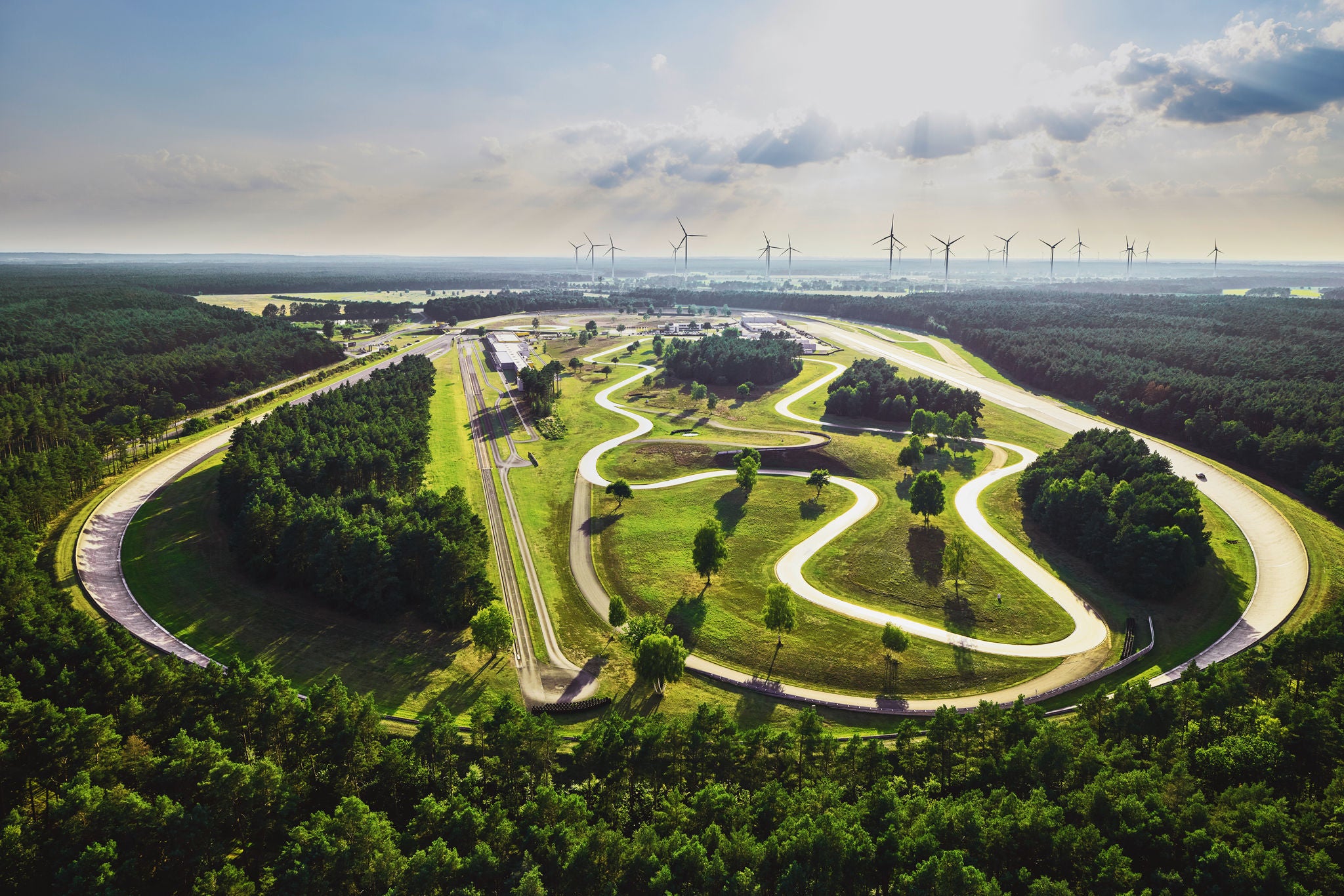
Premium vs budget tyres
Uncover the difference to ensure a safer drive

When it comes to choosing tyres for your vehicle, the decision between premium and budget options can significantly impact your driving experience. Choosing the best tyres for your vehicle involves factors beyond the simple interaction of black rubber with the road. Tyres play a key role in your driving experience, influencing factors such as noise levels, wet braking performance and overall value. In this article, we explore the key differences between premium and budget tyres, focusing on three key categories: Noise reduction, wet braking and the holistic concept of total tyre value.
Grip, precision, control: decoding the art of dry handling in tyres
How well a tyre performs on dry surfaces is referred to as the Dry Handling category. It includes factors such as grip, responsiveness and manoeuvring stability. Premium tyres, often designed with advanced tread patterns and rubber compounds, aim to deliver superior dry handling performance. This ensures that the drivers will experience precise control and confidence as they navigate their vehicle in normal, dry driving conditions. In contrast, lower budget tyres may face challenges in maintaining optimal dry handling performance due to the use of more basic materials and construction. Our research begins by analysing critical parameters such as wet braking, stopping distance and more. This analysis aims to shed light on the factors that have a significant impact on driving safety and experience, and to provide a comprehensive understanding of the nuances involved in tyre selection.

Premium tyres, exemplified by brands such as Continental, are designed to excel in wet conditions. Their unique tread patterns and advanced rubber compounds work together to efficiently disperse water and maintain maximum contact with the road surface. This results in superior wet braking performance, allowing the vehicle to stop quickly and safely even in slippery conditions.
On the other hand, budget tyres may struggle in wet braking scenarios. The tread design of low-budget tyres may not be as effective at evacuating water, resulting in reduced traction and longer stopping distances. This can compromise safety, especially in wet weather or on wet roads.

Rain or shine: the crucial role of wet braking in tyre safety
Wet braking is a critical parameter that measures a tyre's ability to maintain traction and stop effectively on wet road surfaces. Premium tyres prioritize wet braking performance through advanced tread designs and materials that enhance water evacuation, reducing the risk of hydroplaning. This feature is crucial for driving safety, especially in rainy or wet conditions. Low-budget tyres can be limited in their wet braking capabilities, potentially compromising the overall safety of the vehicle in adverse weather conditions.
Known for their exceptional wet braking performance, premium tyres, such as those from Continental, are designed to maintain traction on slippery surfaces. Wet braking performance can be a critical factor in emergency situations. We evaluate how budget alternatives measure up in terms of safety under wet conditions and provide insights into the performance trade-offs that may come with a more budget-friendly choice.
Test results
Below are the results of Continental´s testing team at the Contidrom, examining Continental and competitor tires under various conditions

Silent symphony: redefining driving comfort through noise reduction
Noise reduction focuses on minimizing the noise generated by tyres as they roll on the road. Premium tyres often incorporate advanced technologies, such as optimized tread patterns and noise-absorbing materials, to provide a quieter and more comfortable driving experience. This is particularly appealing to drivers looking for a quiet ride with reduced road noise. While budget-friendly options may be gentle on your wallet, the potential impact on the tranquillity of your journey, prompting a careful consideration of trade-offs. Low-budget tyres may make certain compromises in the pursuit of affordability.
The trade-offs often involve using simpler materials and construction techniques that may not prioritize noise reduction to the same extent as premium counterparts. Premium tyres often incorporate advanced technologies such as optimised tread patterns and noise-absorbing materials. Premium tyres excel at reducing road noise. This makes for a quieter and more comfortable driving experience, which is especially appealing to those who want a quiet ride with reduced road noise. Continental's premium tyres are not only designed for superior performance, but also for a refined driving experience that prioritises comfort.
Steering through the tyre maze: crafting informed paths for premium and low-budget choices on the road
When choosing between premium and budget tyres, it's essential to consider your driving needs, preferences, and safety priorities. While budget tyres may offer a cost-effective solution, premium tyres offer superior performance in wet braking, dry handling, and noise reduction. Investing in premium tyres not only enhances your driving experience but also contributes to a safer and more comfortable journey. That is why Continental offers a variety of premium tyres for every need. Remember, your tyre choice plays a critical role in the overall performance and safety of your vehicle. In conclusion, as you navigate the diverse tyre landscape, this article is intended to provide you with the knowledge to make an informed decision. Whether you prioritize precise dry handling, exceptional wet braking, a quiet ride, or comprehensive overall value, consider this guide as your companion in the complicated world of tyre selection.

Still curious? Download the complete report for more detalis

Premium tyres vs. Low-budget test results 2023
Premium tyres vs. Low-budget test results 2023
pdf 650 KB DownloadRelated content
-
 2024/10/07Tyre markingsMarkings on the tire sidewall are shorthand for a wealth of information including the load index, speed rating, tire size, construction, and more.Read more
2024/10/07Tyre markingsMarkings on the tire sidewall are shorthand for a wealth of information including the load index, speed rating, tire size, construction, and more.Read more -
 2024/08/21Tyre treadThere are different types of tire tread patterns which are specialized in specific driving needs like wet braking, dry handling and others.Read more
2024/08/21Tyre treadThere are different types of tire tread patterns which are specialized in specific driving needs like wet braking, dry handling and others.Read more -
 2024/10/16Wheel alignmentDiscover how proper wheel alignment improves vehicle performance and extends tire life. Ensure your ride is smooth and safe!Read more
2024/10/16Wheel alignmentDiscover how proper wheel alignment improves vehicle performance and extends tire life. Ensure your ride is smooth and safe!Read more